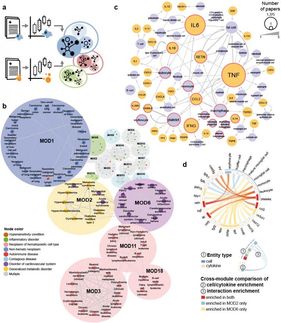Roche Joins in Spanish Research Cooperation for Personalized Treatment of Hepatitis B and C
Advertisement
Roche Diagnosticsis cooperating with the Spanish Vall d’Hebron Institute of Research (VHIR), the Networking Biomedical Research Centre in Liver and Digestive Diseases (CIBEREHD), and the software producer Advanced Biological Laboratories Therapy Edge Spain (ABL) in a study designed to resolve the current limitations that prevent the individualization of anti-HBV and anti-HCV (hepatitis B and C) treatments. The project will utilize Roche’s 454 Sequencing Systems and bioinformatics analysis, together with other genetic and molecular analytical techniques. Ultimately, the research project aims to identify personalized treatment for each individual while minimizing the healthcare costs and side effects experienced by subjects.
“The hepatitis C and B viruses exhibit great variability; a person infected with one of these viruses presents a complex population of variants comprising a structure known as ‘quasispecies’. The identification of these variants may be crucial for avoiding the selection of variants resistant to the new antiviral therapies,” explains Dr. Juan Ignacio Esteban-Mur, head of the line in hepatitis C, molecular biology, immune response and treatment of the liver diseases at VHIR. Dr. Esteban-Mur also is the coordinator of the viral hepatitis program of the CIBERHED, which comprises 8 Spanish research groups, specialized in this field.
The use of 454 Sequencing Systems makes it possible to gain a comprehensive profile of the complex viral populations that circulate in individuals, with the fundamental purpose of identifying the presence of viral quasispecies resistant to the existing antiviral treatments. The goal of the study is to apply this massively parallel sequencing approach to personalize the antiviral treatment strategies in individuals with chronic hepatitis C or B.























































